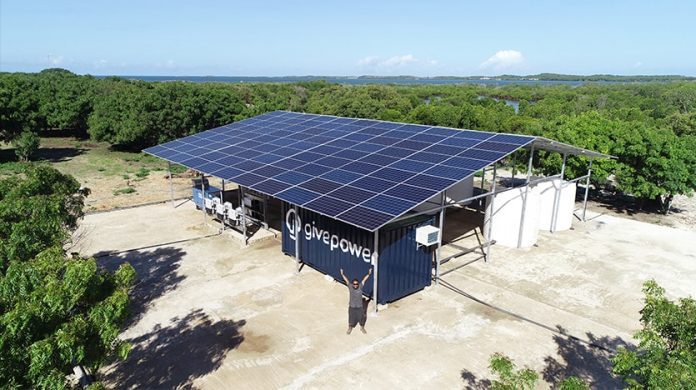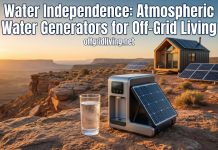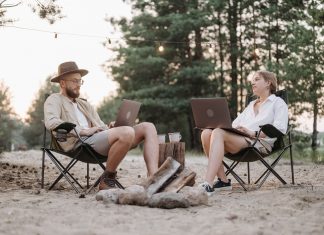Water is essential to life. Without it, life as we know it simply would not exist, and without fresh, clean, drinking water, we are susceptible to numerous health problems, from lesions, dehydration, kidney and other organ failure, and eventually, death. While many of us can simply go into our kitchens and turn on the tap to get all the water we want, there are billions who are not so lucky. The truth is that with climate change, pollution, drought, and just the simple fact that freshwater is not the most abundant type of water on our planet. Most of the water on Earth is found in our oceans and is far too salty for human consumption. Turning saltwater into fresh, drinkable water, has been a goal of civilizations for almost as long as there have been civilizations.
Desalination is the process of turning ocean water, or other saltwater sources, into water that we can drink, use for cooking, and other basic needs. The problem with it is that it is highly energy intensive, which makes it extremely expensive to do, and also tends to require being connected to the power grid. This is where some companies, including GivePower, have taken a new approach by using solar panels in order to provide the power needed for the desalination process. They have designed a desalination system that is housed within a shipping container, and uses an array of solar panels, along with Tesla battery systems, to create an entirely off the grid desalination plant that can be put to use in regions that lack a substantial power grid. Not only that, but by using solar panels, they greatly reduce the cost of operating the plant in the first place, which makes them more desirable than traditional systems in the first place.
The GivePower desalination plant is capable of providing enough water for up to 35,000 people every single day. It has already been put to use in Kenya and more systems are in the works for other coastal regions as well. They have a long term goal of being able to provide their entire system for around $100,000, which given the desperate and growing need for more fresh water sources for communities around the globe, should make them fairly affordable for towns and cities where they are needed most. Not only that, but they are also working to create a system that can be scaled up by connecting multiple units and linking them together. If a single unit can provide enough water for 35,000 people per day, then a handful of units could be combined to provide water for entire island nations and larger coastal cities, all without the cost of using power from the grid.
Welcome!Log into your account














